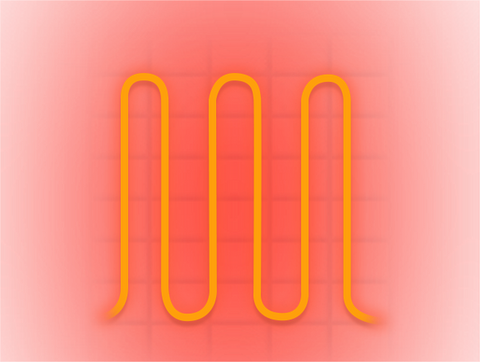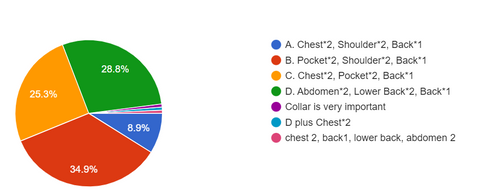Everything You Should Know about the Heating Elements
Venustas heated apparel utilizes carbon fabric heating elements that are strategically placed aross the body area to provide warmth. This technology was primarily developed for cold-weather recreational activities and work environments, including motorcycle riding, downhill skiing, diving, winter biking, snowmobiling, trekking, construction, and so on.

As the demand for heated clothing continues to rise, our research has revealed that individuals desire heating elements can be strategically placed in heated jackets. This article discusses important factors related to heating elements, such as preferred types and locations, and emphasizes the crucial role of heating panels in heated jackets.
What Are Heating Elements?
Heating elements are normally sew into the heated jacket fabric and are powered by the battery to generate heat. These heating elements are normally made of carbon fiber. It is a material consisting primarily of carbon atoms arranged in fibers with diameters ranging from 5 to 10 micrometers (0.00020–0.00039 in). This material offers numerous advantages, including superior thermal conductivity, stiffness, and tensile strength, as well as a high strength-to-weight ratio, impressive chemical resistance, resilience under high temperatures, and low thermal expansion, which has made carbon fiber very popular in aerospace, civil engineering, military, motorsports, and or other industry.

The cable of heating elements connected to a battery. When the battery is turned on, the current pass through the cables to generate heat across people's body core.
Which Heating Area Design Do People Prefer?
Recently, we conducted a comprehensive survey to gather valuable insights from our customers regarding our new range of products. We cordially invite people to participate in this survey and help us identify the best locations for our heating zones.

It shows that 146 participants (The female accounts for 50.3%, the male accounts for 49.3%) participate in our survey to provide their valuable feedback, which will aid us in making decisions.

There are 5 options available. It shows option B(Pocket*2, Shoulder*2, and Back*1) accounting for 34.9% get most approval and many users mostly prefer three area: middle back(66%), chest(61.9%), and lower back(41.5%). Also, some users think we can place the heating elements on arm and sleeves.

Why Is the Location of Heating Elements Important?
Based on our research, it shows that the ideal location for most individuals who focus on heat retention in cold months is the chest and middle back. Typically, individuals will add additional layers of clothing to increase overall skin coverage to maximize the warmth.
When considering clothing options, it is important to focus on protecting the trunk and limbs. The trunk consists of the prothorax, abdomen, and back. The back is particularly important because it's related to nerve and immune regulation. To enhance the body's ability to fight germs, it is crucial to keep the back warm.

Alternatively, the chest contains critical bodily organs such as the heart and lungs which are responsible for oxygen and blood supply, making it is an equally important area to keep warm. Additionally, those who are more fragile may experience discomfort in the abdominal area when feeling cold, so heated jacket design always puts greater emphasis on the importance of heating zones in these locations.
Conclusion
It is recommended that users should familiarize themselves with the type of materials used in the heating elements, as well as their placement. The heating elements within the connected battery pack generate and disperse warmth throughout the upper body of the wearer, thereby ensuring comfort and protection during cold months. So, be sure to choose a heated jacket with reliable heating elements and a well-designed heat zone layout.